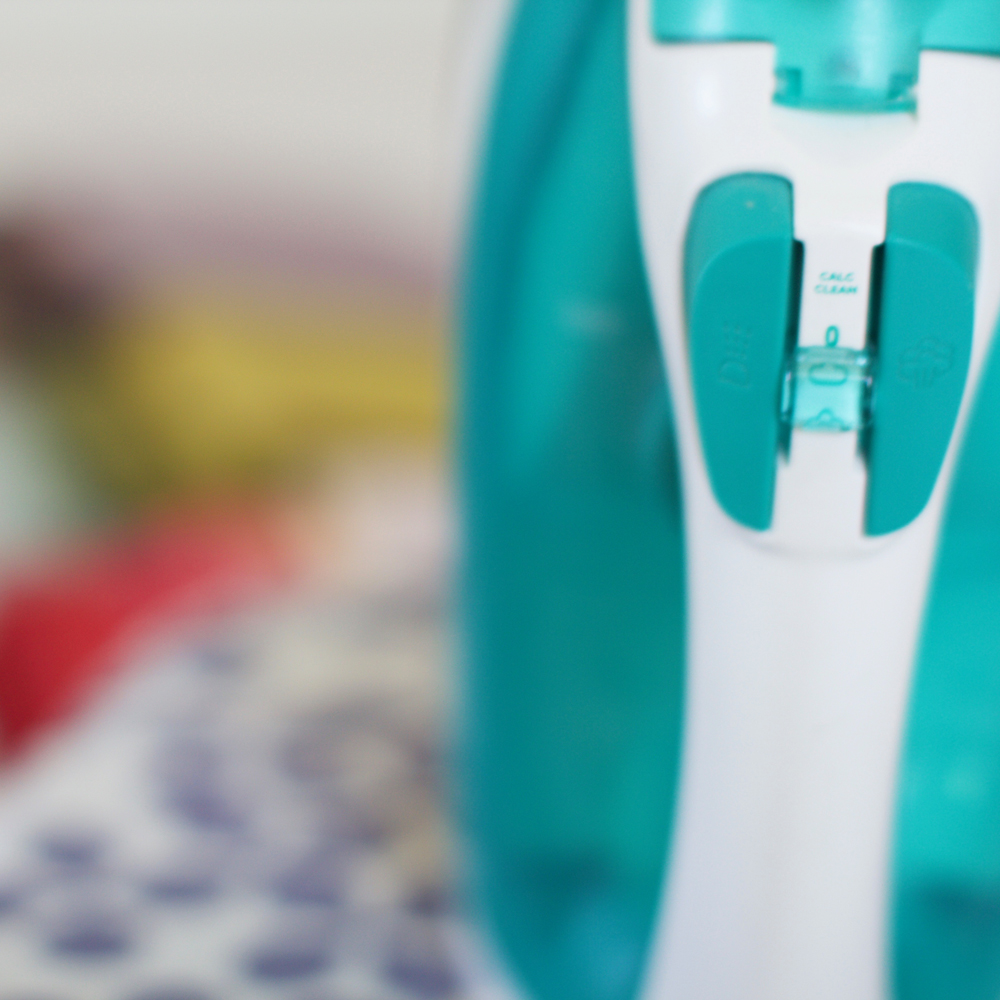10 Ways to Make Time for Creativity
Clearly, having an art practice alongside full-time mothering and housekeeping requires managing time and energy appropriately.
Now that we’re out of the baby stages (after 16 years 😳) things are obviously a little bit easier, but here are some strategies that I’ve used throughout the years.
1. Know your priorities
It is helpful to keep in mind what my most important responsibilities are in life. My first responsibility is to God, and then to my husband and children. This is where daily devotions and then housework and quality family time come in. I also have responsibilities in my church community (being involved in church events and with fellow church members) and broader community. I am called to take care of myself physically, mentally and emotionally. This is where exercise and sewing come in for me. Clearly, sewing is not top priority, but I know how valuable it is for me to manage at least some sewing every week. Understanding my priorities helps me to establish my daily routine.
2. Plan, plan, plan
I use Things to plan my life. It’s on my phone and on my iPad, and I have it syncing across devices. In it I have designated areas (e.g. church, family, art, business, homemaking) and within each area I have a bunch of ‘projects’ on the go. Some are ongoing projects such as ‘regular housecleaning’ or some of the marketing aspects of my business, whereas others are once off, such as ‘reorganise pantry’ or ‘illustrate children’s book’. Each project is broken down into a bunch of tasks. I try not have any ‘open loops’ in my head, by which I mean that I try to make sure that any time I think ‘I should do that’ or ‘must remember’, it gets noted down as a task or a project within Things.
Planning my day to suit my family life and my energy highs and lows. I’m sure there’s a shorter term for that, but what I mean is planning the more creatively challenging tasks for when I have the most mental energy, and when I am less likely to have to interrupt it for family commitments like meals and school runs. It also means things like saving slow work for in the evenings, when I like to put my feet up on the couch. ‘Work’ like hand-piecing, burying threads, hand-stitching quilt bindings and even some drawing on my iPad.
3. Set goals
This is closely related to the previous point. I like to have daily, weekly and annual goals. I try to stretch myself a little without being unrealistic. (Sometimes it takes trial and error to know what ‘unrealistic’ is). I find that if I don’t set myself a goal for the day (for example, to sort out my pantry, to spend at least half an hour piecing a quilt, and to fill a page in my sketchbook) it is too easy for the day to disappear without getting to anything more than the basics. Folding the washing ends up taking twice as long as it needs to, and the half-hour that could have been spent piecing quilts was probably absorbed by scrolling social media instead…
4. Menu planning and dinner preparation
Ok, so I don’t always do this diligently, but I know that life runs more smoothly, and I have more time for my artmaking when I do (no running to the supermarket everyday to get something essential that has run out, and no realising at 5:30 that I was so caught up in my drawing that I forgot to think about dinner. I keep a folder of dinner recipes that I know work for us as a family, and are not too one-consuming or too expensive. I actually have these recipes mapped out in a six-week menu plan that I cycle through. Groceries are ordered online every fortnight over my morning coffee at 6am, so that I don’t lose a morning to that.
Dinner preparation happens before the morning school run as much as possible. Some days that is a simple as pulling out all the ingredients, ready for dinner time; maybe I’ll chop the veggies already here too. Other days, the whole meal is prepared at this time, especially things like oven dishes and curries. This system means that the meat is always defrosted on time, and that I don’t find myself short of a crucial ingredient at dinner time.
I know that this sounds basic, and like it has nothing to do with artmaking, but systems like this enable me to save my headspace for the creative pursuits that I enjoy.
5. Housework
Equally mundane, I organise my housework so that it happens bit by bit in the mornings before dropping the children off at school. I know the saying that ‘dull women have spotless houses’, but I don’t really hold to that. Well, to some extent I do - I don’t hold to perfection in house cleaning/tidying. At the same time, I dislike an untidy, chaotic home. It’s not good for my head. So again, to save headspace for creativity, I have housekeeping routines that help me to keep the house clean and tidy without having to think about it too much, or letting the mess get out of hand. (And it gets out of hand rather quickly with six children!)
6. Batching
This is a technique advocated for productivity in many spheres, and it works for my art practice as well. Rather than changing from one task to another over and over, I group similar tasks together in order to work more efficiently. I apply this to horrid computer tasks, and to product photography. It also works for fabric dying and for scanning completed illustrations. And I definitely apply it to planning and preparing social media posts - at least the rough beginnings of social media posts.
(I apply the same practice to other areas of my life like running errands).
7.No TV
No explanation required :)
8.Make wise use of the timeslots you have
(or: Make the most of sleeping kids). While I had babies most of my sewing was done in short time intervals (less than half-an-hour if they alternated their day-time sleeps so that there was always one baby to deal with). I try to avoid the idea that ten minutes is too short to do anything constructive. Lots and lots of ten-minute sessions behind a sewing machine lead to a finished product eventually. Having said that, if I have ten minutes on hand such as in the morning before school, I usually first consider if there is a quick chore on my list that can be done in that time – polishing shoes, scrubbing toilets, collecting dinner ingredients and utensils. I would rather fit all those little jobs into little pockets of time than let them chew into the larger pockets of studio time.
9. Make a place
Carve out a spot for yourself somewhere in the house where you can have a work space (even a teeny tiny one) set up permanently. It is not possible to use those ten-minute pockets of time for sitting at the sewing machine if you first have to set it up. It means that if I’m waiting for dinner to cook, or if I have spare time before picking up the kids from school, I can sew for ten minutes. Or at least organise my workspace and supplies so that I’m ready to get stuck straight into it next time.
10. Love what you do
This is a bit self-evident, but if I was only half-hearted about making art, I wouldn’t bother organising my days and weeks in this way and to this extent (and that would be quite fine). Being passionate about my creative work is the biggest incentive for finding time in my week to get to my sewing machine.
I realise that this all makes me sound rather militant, but maybe that is what it takes to maintain a thriving creative practice in the midst of busy family life? It’s worth remembering that we all live in different situations and circumstances, and have all been given different abilities, as well as different tasks to do. I am thankful that I am currently able to pursue quiltmaking as an artform, but am also well aware that, as with any of us, circumstances can change at any time!










